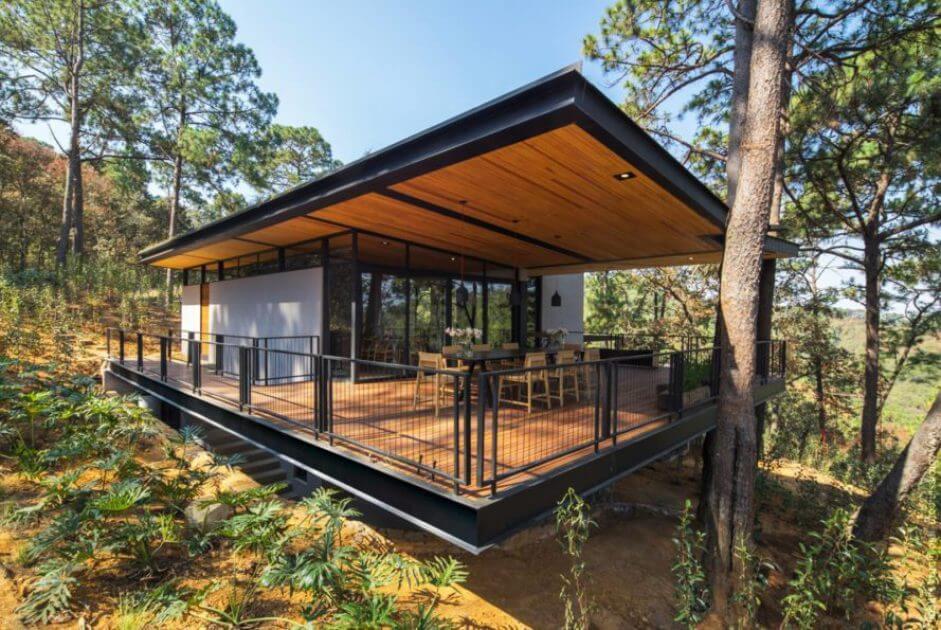Concrete has been one of the most pervasive building materials for centuries. But what if there was an alternative to concrete that was environmentally friendly and cost effective just like you find choices in cuisines? That alternative is called eco-friendly concrete and it’s gaining popularity among the cement industries.
The Current Cement Market
The cement research by IndexBox shows that the market is worth billions of dollars and the demand for it will only rise in the coming decades. However, cement companies are experiencing a rise in eco-friendly alternatives, as the industry shifts to renewable sources of energy. This type of energy is becoming more popular as an alternative to traditional energy sources, such as oil, because it does not contribute to global warming.
Global cement usage releases about two gigatons of CO2 every year into the environment. Cement allegedly ranks third among the top ten biggest sources of industrial pollution. Hence, as the world becomes more eco-conscious, companies are looking for ways to reduce their carbon footprints which is not possible only by growing berries.
One of the biggest ways to do so is by substituting traditional building materials with environmentally friendly alternatives. In this article, we take a look at some of the most popular eco-friendly cement alternatives available in the market.
Eco-Friendly Cement Alternatives
One of the most popular green alternatives to cement is geopolymer. Geopolymer is a type of concrete made from ground up recycled plastic bottles. It has a low carbon footprint, and can be made using less water than traditional concrete. In comparison to traditional concrete production technology based on portland cement, geopolymer concrete has exhibited superior results in strength, durability, freeze-thaw resistance, fire resistance and heat insulation.
Another alternative to traditional cement is to partially replace energy-consuming cement with reusable materials such as Fly Ash, Silica Fume, and Wood Ash, etc. These materials can replace about 70% to 80% cement, and improves the durability of the concrete.
Furthermore, biocombustible cement in construction has shown to possess advantages over traditional cement as it is made from cornstarch by mixing ground cornstarch and water. The mixture is then heated until it becomes a liquid, and it is poured into molds. Once it has set, it can be broken up and used as mortar or bricks.
Such a biocombustible product has several advantages in the cement sector. First, it is environmentally friendly because it does not release greenhouse gasses when it is used. Second, it is cheaper than traditional cement because it does not require any added ingredients. Finally, biocombustible cement is stronger than regular cement, so it can be used in places where traditional cement would not be appropriate. These properties make it suitable for certain applications such as concrete repairs and pavement design.
One downside of biocombustible cements is that they are not as resistant to weathering. This means that they may not be suitable for use in areas that receive a lot of rainfall or wind. Additionally, biocombustible cements may take longer to set than traditional cements, so they may not be ideal for use in high-traffic areas.
There are other options that can work as cement substitute and lime is the most common one. It is made from either limestone or dolomite and is relatively easy to extract and can be processed into a variety of products, including lime. Lime is also a by-product of other industries, such as glass manufacturing so it utilizes recycling which is good for the environment.
Furthermore, Cinder Blocks made from crushed recycled bricks and other building materials are also very useful alternatives to cement. These blocks are stronger than concrete and can be used in place of bricks in many applications. They are also fireproof, which makes them ideal for use as exterior walls and roofing tiles.
Benefits of Eco-Friendly Cements
As reported by IndexBox, driven by increasing demand for cement worldwide, the market is expected to continue an upward consumption trend over the next decade with major players looking for producing more eco-friendly cements.
At present, some of the major cement companies that are developing eco-friendly variations include LafargeHolcim, Cemex, and Holcim. These new types of cements have low environmental impacts and can be used in construction projects that require high durability, while maintaining certain benefits, such as:
Reduced environmental impact
Sustainable cements produce less pollution and have lower carbon emissions than traditional cements.
Reduced reliance on fossil fuels
Sustainable cements require less energy to manufacture, which can help reduce greenhouse gas emissions.
Improved safety
Sustainable cements are usually safer than traditional cements because they do not contain harmful chemicals and they are less likely to cause health problems when used in construction.
Increased durability
Sustainable cements are typically more durable than traditional cements, which can reduce the need for repairs or replacements over time.
Conclusion
The increasing awareness about the importance of sustainability in urbanization and infrastructure development is giving a rapid rise to the market of eco-friendly cement alternatives.
Due to the increased pressure from government bodies and organizations concerned about climate change, cement industries are quickly looking to make changes in their practices to reduce their environmental footprints.
As we have discussed above these alternatives include plant-based products, recycled materials, and sustainable practices such as minimal energy use and water usage. As the demand for environmentally friendly cement continues to rise, suppliers are embracing these alternative methods in an effort to stay competitive and maintain customer base loyalty.

